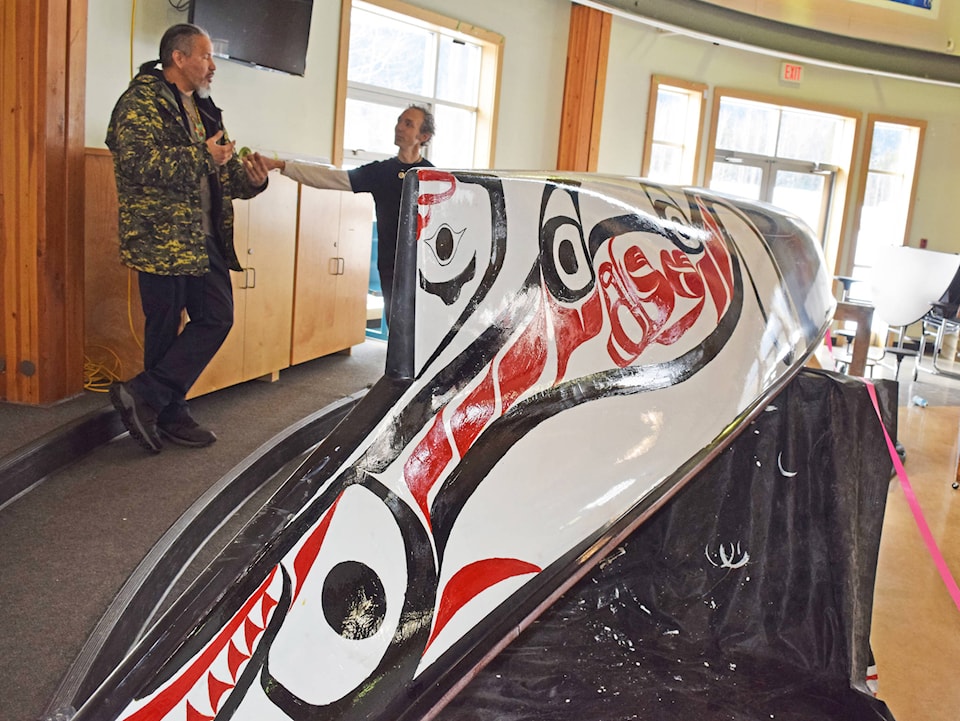National Indigenous Peoples Day, formerly known as National Aboriginal Day, celebrations will take place at the Friendship Centre Hall from noon until 4 p.m. on June 21.
Prime Minister Justin Trudeau changed the name of the holiday last year.
National Indigenous Day celebrates the heritage and contributions of Indigenous peoples to society.
“Throughout the rest of the year [the Friendship Centre deals] with a lot of intense issues so this is a great way to step away from that and put our best foot forward and celebrate what is good about our nations,” alcohol and drug facilitator at the Dze L K’ant Friendship Centre Mel Bazil said.
There will be moose calling, soapberry whipping and bannock making contests at this year’s event. They will also have traditional storytelling and performances from pow wow dancers Kelsey and Bella Rain Abraham, the Ewik’ Hiyah Hozdli Drum Group and the Muheim School drummers.
The library will have a face painting tent for all ages outside of the hall as well as a collection of books and DVDs that are about or by Indigenous authors or topics inside.
“To support an opportunity for people to experience cross cultural education is really in line with what libraries are all about,” library director Wendy Wright said. “People come to the library not only to learn from books and DVDs but also from each other.”
One of the many contributions Indigenous people have made to the world is the invention of prescribed burning, Bazil said. A prescribed burn is a wildfire set intentionally for purposes of forest management, farming, prairie restoration or greenhouse gas abatement.
Bazil also said the current form of democracy practised in the United States is almost an exact copy of the Iroquois governing system. The Iroquois were comprised of six first nations tribes: Mohawk, Onondaga, Oneida, Cayuga, Seneca, and Tuscarora, which is why they were also known as the Six Nations.
One member from each of the six nations was elected by the people of their tribe to represent them on the Six Nation’s governing committee. Each member of the committee had equal power to ensure no single person held too much power, similar to the United State’s system of checks and balances.
In 1988 the United States Congress passed a resolution to recognize the influence of the Six Nations had upon the constitution and Bill of Rights. However, some historians doubt the Iroquois’s influence on the U.S. constitution.
“Indigenous people have a lot of contributions to the world’s needs that don’t get celebrated often but when we look at it, Western knowledge is just a mere fraction of what Indigenous knowledge was if we were to return to our full Indigenous knowledge ways,” Bazil said.
